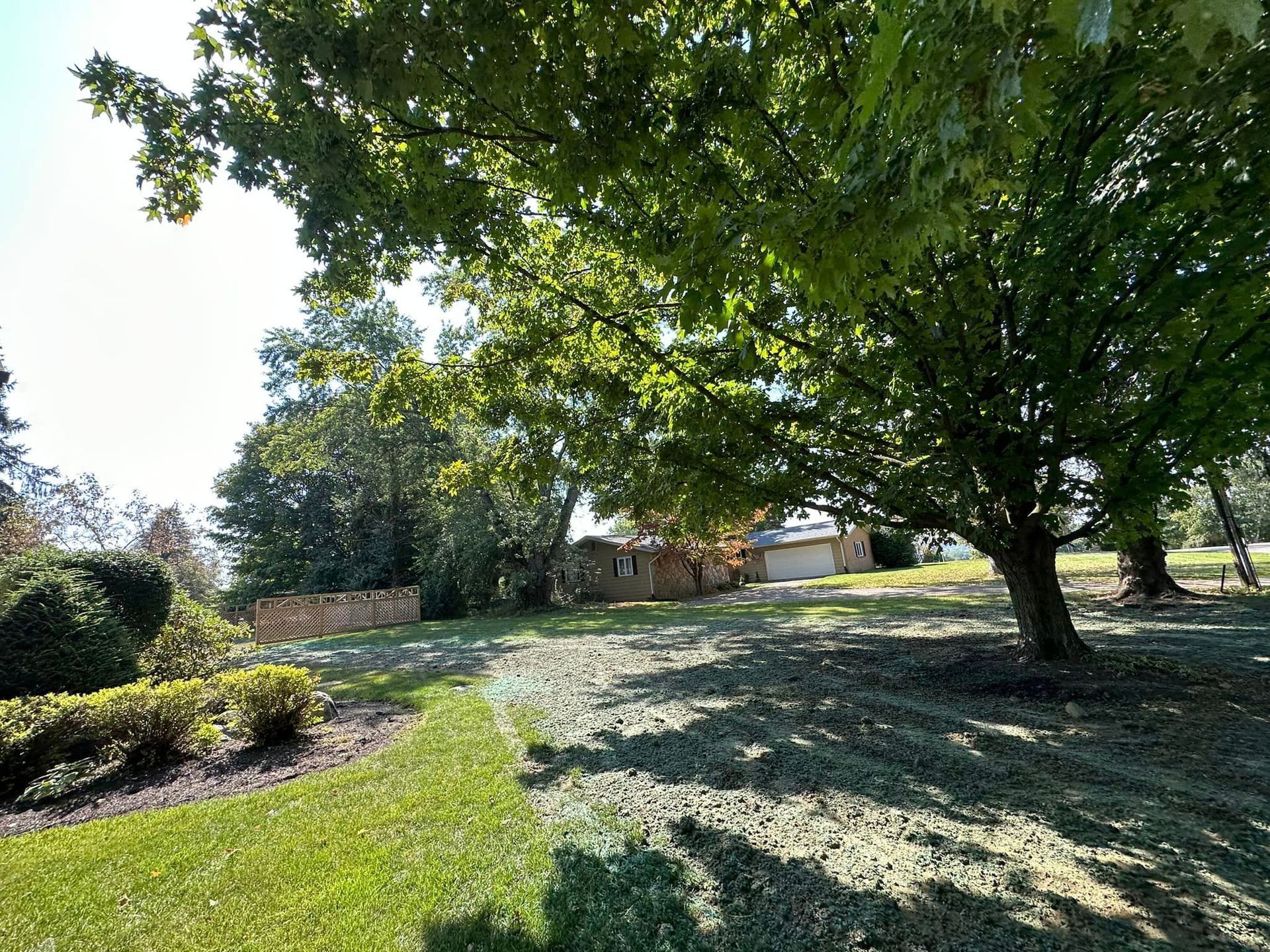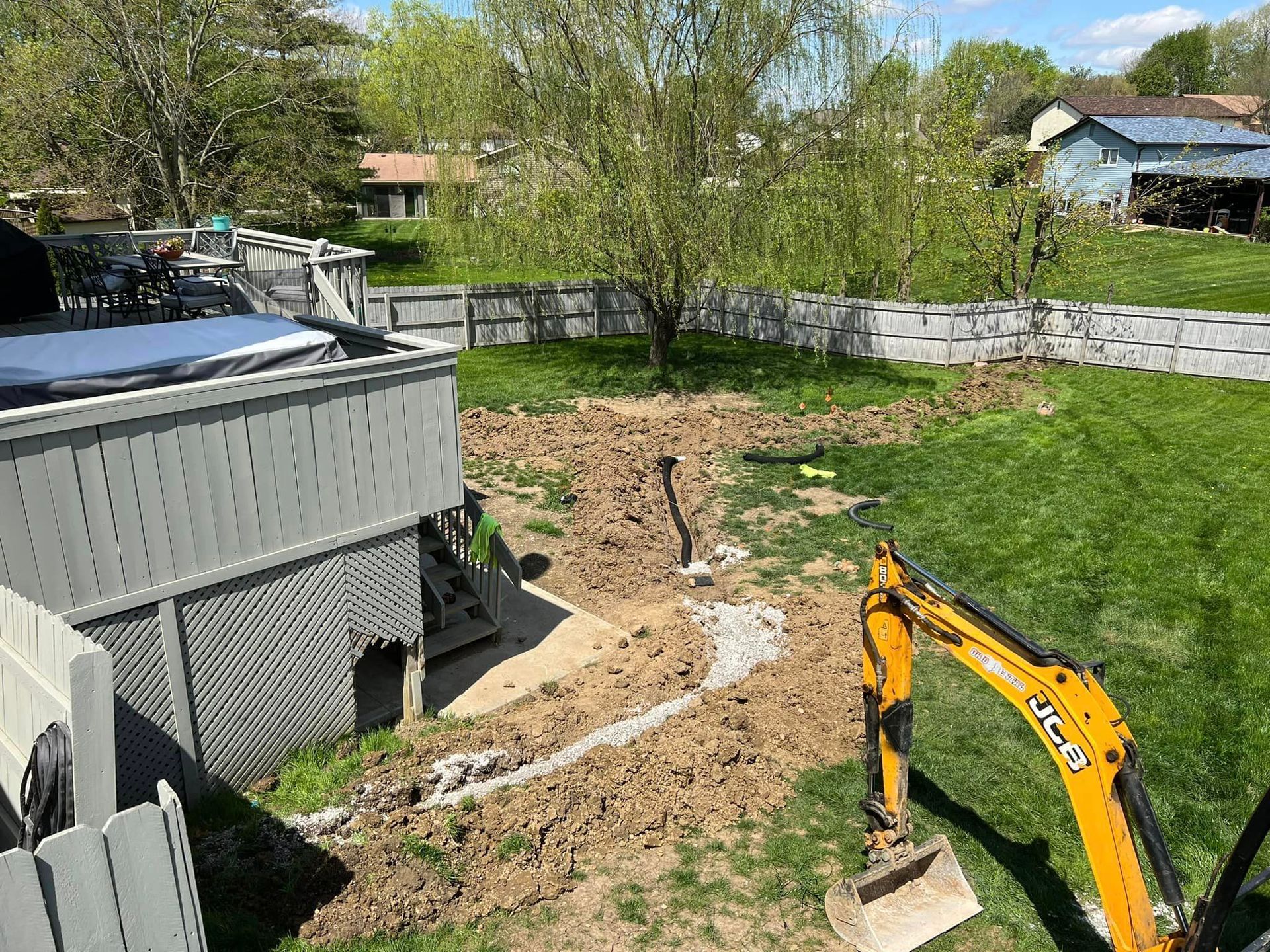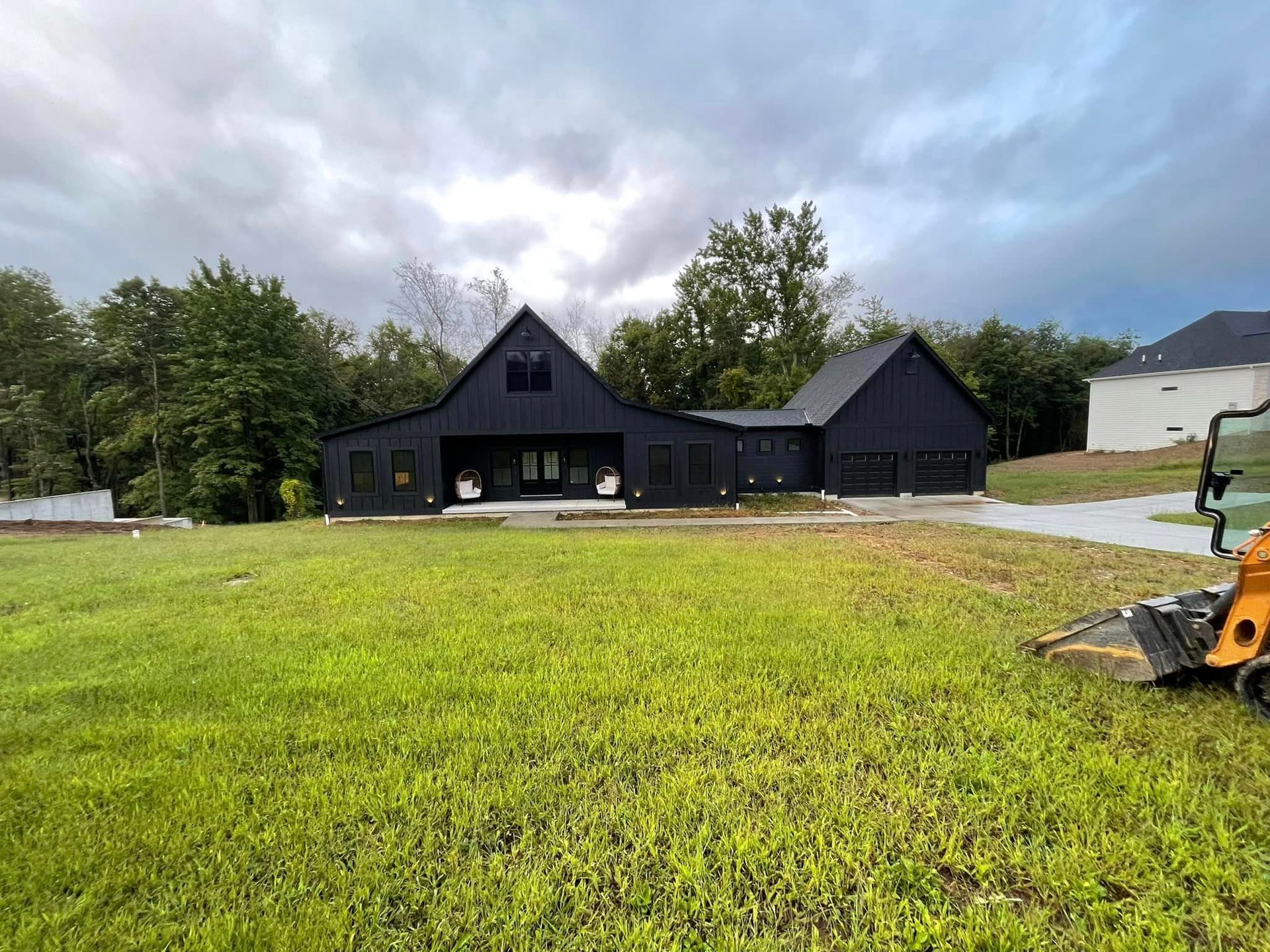Underground Electric Installation: Inside a 700-Foot Project in Carroll Ohio
Double B Excavations & Grade LLC
Getting Power Where It's Needed
A LOOK AT WHAT GOES INTO MAJOR UNDERGROUND ELECTRIC PROJECTS
The sun's barely up in Carroll this morning as we get ready to tackle a major underground electric installation.
At Double B, we're no strangers to early starts, but today's project is particularly interesting - we're looking at running about 650 to 700 feet of underground electric lines.
That's more than two football fields of precise trenching and installation work.
When most people flip a light switch, they don't think about how that power gets to their property.
But getting electricity where it needs to go takes careful planning, the right equipment, and a whole lot of know-how. Today,
I'm going to walk you through exactly what goes into a project like this.
Welcome to Double B!
Project Planning and Preparation
Before we could even think about starting the trenching work, we had to make sure we had everything lined up just right. That meant loading up our skid steer with the trencher attachment - think of it as a specialized piece of equipment that lets us dig precise, consistent trenches exactly where we need them.
But it's not just about having the right tools. Every underground installation project starts with careful planning. We need to know exactly where we're digging, what's already underground in the area, and how deep we need to go. One wrong move could mean hitting existing utilities or not meeting code requirements, and that's just not how we do things.
Here's what our prep checklist looks like:
- Utility marking verification
- Equipment checks and loading
- Route planning and depth calculations
- Safety protocol review
- Weather consideration (even had to grab a hoodie this morning)
This might seem like a lot of preparation for "just digging a trench," but these early steps are what make the difference between a job done right and a job done twice.
The Installation Process
Let me break down exactly what happens once we're on site with our equipment ready to go. First thing's first - we map out our route. When you're running 650-700 feet of electric line, you need to know exactly where you're going before you start digging. It's not like mowing your lawn where you can just turn around if you make a wrong turn.
The trencher attachment on our skid steer is what makes this work possible. It creates a clean, consistent trench that's exactly the right depth for underground electric lines. Think of it like drawing a straight line - except we're doing it in the dirt, and that line needs to be perfect to meet all the local codes and requirements.
Equipment Deep Dive
A lot of folks ask why we use a skid steer with a trencher attachment instead of other digging methods. Here's the simple truth: it's all about precision and efficiency. Our skid steer gives us the maneuverability we need to work in tight spaces, while the trencher attachment lets us dig at exactly the right depth and width.
The beauty of this setup is how versatile it is. We can navigate around obstacles, adjust our depth as needed, and still move quickly enough to complete long runs like this Carroll project efficiently. Plus, when we're done trenching, we can switch attachments and handle the backfill work with the same machine.
Project Management Realities
Here's something they don't teach you in contractor school - sometimes the biggest challenges have nothing to do with the actual work. Take this morning, for example. We ran about 15 minutes behind schedule because of school bus traffic. That's just part of working in a living, breathing community.
Weather plays a big role too. This morning had us reaching for hoodies - and while I'm not exactly a cold weather fan, you adapt and keep moving. These aren't complaints - they're just the real-world parts of getting the job done right. When you're working in residential areas, you have to balance efficiency with being a good neighbor. That means working around bus schedules, watching out for morning commuters, and always keeping safety as the top priority.
The key is staying flexible while never compromising on quality. Sure, we might start 15 minutes later than planned, but the job still gets done right - that's what matters.
Best Practices and Insights
After years of doing these underground electric installations, we've learned what works and what doesn't. Here's what really matters: taking your time with the planning, having the right equipment, and never cutting corners just to save a few minutes.
Let me share something we see too often - property owners trying to save money by going with contractors who skip important steps. But here's the thing: when you're dealing with underground electric, doing it right the first time isn't just about saving money - it's about safety and reliability. That's why we stick to our proven process, even if it means taking a little extra time to make sure everything's perfect.
Closing
Looking ahead, this Carroll project is just one of many we've got lined up this week. But whether we're running 700 feet of electric line or just a short run to a garage, our approach stays the same. Every project gets our full attention, proper planning, and commitment to quality.
Looking Forward
If you're thinking about an underground electric installation project, here are the key things to remember:
- Proper planning and utility marking are essential
- The right equipment makes all the difference
- Working with your community's schedule is just part of the job
- Quality work might take a little longer, but it's worth it in the long run
Need help planning your underground electric installation in Carroll or anywhere in central Ohio? We're always happy to walk properties with owners and discuss the best approach for your specific needs. Because at Double B, we believe in doing things right - no matter how long the run.








